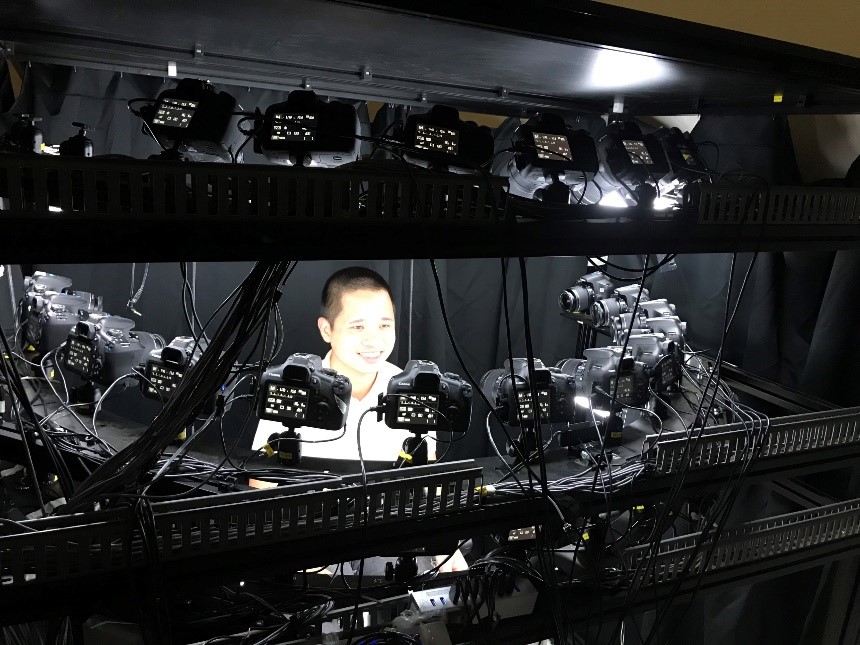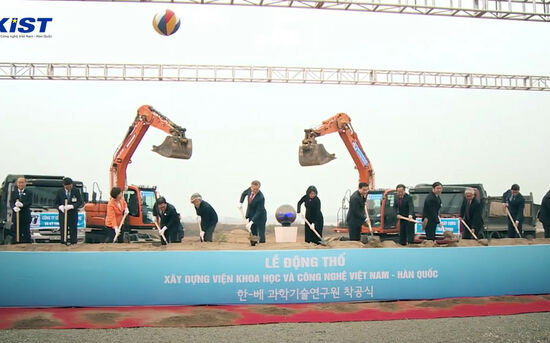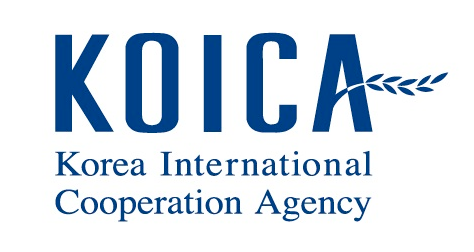Our projects
Based on the capacity of VKIST, by now IT Division has conducted 02 VKIST-lever projects, 03 MOST-level projects and 01 KIST-VKIST joint project.
1. VKIST-level project “Market Survey for shrimp farming in the Mekong Delta”
has specific objectives as follows:
- Investigate equipment and solutions for measuring and controlling basic environmental and quality indicators in aquaculture.
- Investigate the needs and willingness to pay of aquaculturists for the use of equipment and solutions to measure and control the water environment for shrimp farming in the form of super-intensive, intensive and semi-intensive farming in concentrated farming areas in the Mekong Delta.
* The project was accepted in 2020.
2. VKIST-level project “The market survey of environment monitoring and controlling devices and solutions used in swiftlet farming in Binh Thuan province”.
The outputs of the project include: report on technical specification analysis of equipment and technological solutions applied in swiftlet farming; report on survey and analysis of the current situation of applying equipment and technological solutions in swiftlet farming in Binh Thuan province; general report on the relationship between supply and demand of technologies market for monitoring and controlling swiftlet farming environment in Binh Thuan; report on current swiftlet farming models and technology application models that are suitable for swiftlet farming processes being applied in Binh Thuan province.
* The project was accepted in early 2021.
3. MOST-level project “Research, design and produce a robot to clean the pond bottom in shrimp production in order to protect the environment and prevent shrimp diseases, contributing to improve productivity and quality of shrimp production” with the goal of mastering the design technology and manufacturing underwater robots to help clean the water environment in industrial shrimp farming, prevent pathogens for shrimp, and contribute to improving productivity and products quality.
This project is in progress.
4. The goals of the MOST-level project “Researching the application of Internet of things (IoT) and Artificial Intelligence (AI) technology in registration, coordination, and management of outpatient examination and treatment at health facilities in Vietnam” are to establish an online registration system for medical examination and classify intelligent medical examination according to clinical symptoms, applying IoT and AI technologies in medical examination and treatment facilities in Vietnam, in order to solve the problem of mass concentration at medical examination facilities, reduce the risk of cross-infection for patients and their relatives during the epidemic season, improve service quality in hospitals, stream medical examination and reduce patient waiting time. The system will be tested with at least 02 general hospitals at the provincial level.
* The project is in progress.
5. MOST-level project “Research, design and build a smart farming-support system applied artificial intelligence, which is tested on melon trees" has the goal of (i) integrating a smart farming support system that includes a sensor network to collect environmental parameters (temperature, humidity, light); The central control cabinet to manage ventilation fans, irrigation pumps, sunscreens, lights, humidifiers; data processing equipment that integrates machine learning and machine vision technologies; web-based monitoring and management software and (ii) testing the model on melon trees for at least 01 crop season.
* This project is in progress.
6. KIST-VKIST Joint research project "Intelligent embedded camera system for security issues”
The Poliface multi-camera synchronous imaging system consists of 27 Canon DLSR cameras and lighting devices placed in positions on the brackets forming a semicircle. These 27 cameras are placed symmetrically to each other at angles of +/- 900, 750, 600, 450, 300, 150 and 00.
Within the framework of the project, the research team is collecting facial data of 600 Vietnamese people. Collected data results are then used to train artificial intelligence (AI) models, reconstruct human face models in 3D space, improve and perfect face recognition technology as well as develop other AI/image processing technologies.








